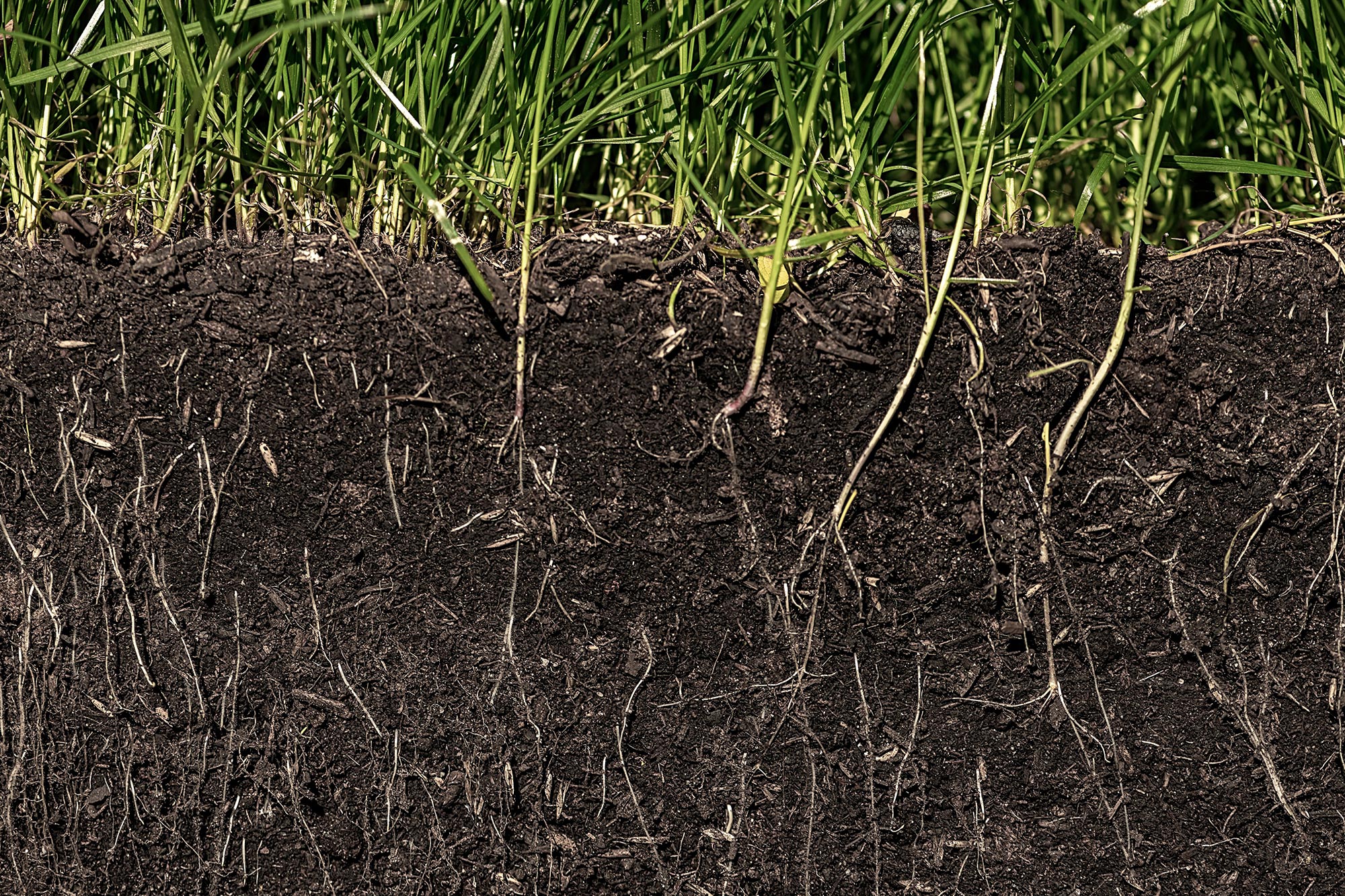The Minamata Convention on Mercury aims to reduce global mercury emissions, but a recent study suggests these efforts may not be enough.
Researchers found that soil holds far more mercury than previously estimated, particularly in plant-dense areas and regions with permafrost. As climate change promotes vegetation growth, this could lead to increased soil mercury levels, potentially counteracting global reduction efforts.
The Minamata Convention on Mercury
In 2017, the Minamata Convention on Mercury went into effect. It was designed to help curb mercury emissions and limit exposure across the globe. However, a new study of mercury levels in soil suggests that the treaty’s provisions might not be enough.
The study, published today (August 14) in ACS’ Environmental Science & Technology, estimates that soil stores substantially more mercury than previously thought, and it predicts that increases in plant growth due to climate change may add even more.
The Persistent Nature of Mercury Pollution
Mercury is a persistent environmental pollutant, moving through air, water, and soil, and accumulating within plants and animals. Soil is the primary reservoir for mercury, storing three times the amount found in the oceans and 150 times the amount found in the atmosphere.
Typically, the heavy metal naturally moves through these reservoirs, but humans have altered this cycling. Human-caused climate change increases carbon dioxide levels, promoting vegetation growth and most likely depositing more mercury in the soil when the vegetation decomposes.
Previous studies on soil mercury levels have mostly focused on small, regional scales. But Xuejun Wang, Maodian Liu, and colleagues wanted to develop a more accurate, worldwide model of soil mercury levels that could take into account the effects of a continuously warming climate.
The Study’s Comprehensive Global Approach
The team began by compiling nearly 19,000 previously published soil mercury measurements, producing one of the largest databases of its kind. The dataset was fed into a


















.jpg)


Discussion about this post